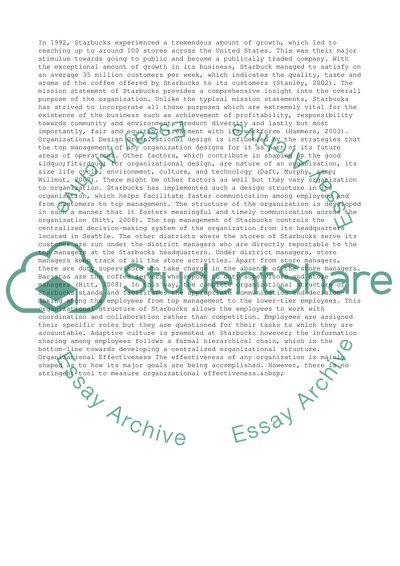Cite this document
(“Starbucks have remained quite stable in carrying out its strategies Essay”, n.d.)
Retrieved de https://studentshare.org/business/1402892-organizational-theory
Retrieved de https://studentshare.org/business/1402892-organizational-theory
(Starbucks Have Remained Quite Stable in Carrying Out Its Strategies Essay)
https://studentshare.org/business/1402892-organizational-theory.
https://studentshare.org/business/1402892-organizational-theory.
“Starbucks Have Remained Quite Stable in Carrying Out Its Strategies Essay”, n.d. https://studentshare.org/business/1402892-organizational-theory.


